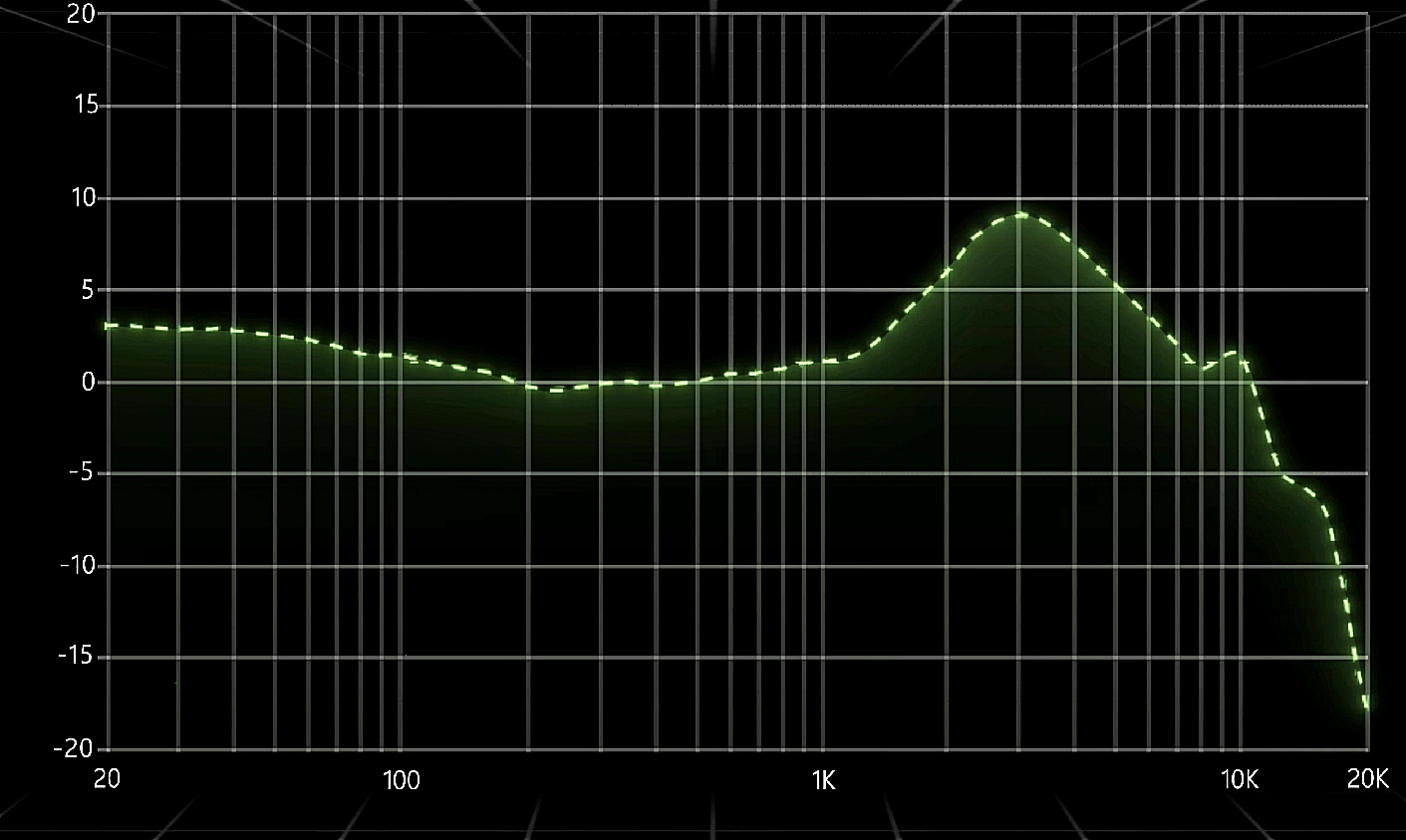When it comes to low-frequency sound performance, both woofers and subwoofers are indispensable pieces of audio equipment that add rich low-frequency performance and impact to an audio system. However, many people are confused about these two types of equipment, which one suits their needs?This blog post aims to explore the distinctions between woofers and subwoofers, providing you with valuable insights to help you make an informed decision.
What are Woofers and Subwoofers?
Before delving into the differences, a brief definition of the two devices is in order:
Woofer: a speaker designed for low and low-mid frequency sound, usually able to work in the frequency range of 40Hz to 2500Hz, so it can not only play bass, but also take into account some of the mid-frequency sound.
Subwoofer: a focus on the very low frequency range of speakers, usually in the frequency range of 20Hz to 200Hz, designed to produce shocking bass, especially for movies, parties and concerts and other occasions need to strengthen the bass effect.
Woofers vs. Subwoofers: Detailed Comparison
Frequency Range:
woofer: has a wide frequency range, usually covering 40Hz to 2500Hz. this means that it not only produces bass, but can also support some of the midrange frequencies, suitable for occasions that require an overall boost in audio.
Subwoofer: typically range from 20 Hz to 200 Hz.A subwoofer is ideal for adding low-frequency punch if you want the ultimate in bass .

Size Volume:
woofer:Compact in size, typically 8 to 15 inches, making it ideal for space-constrained environments such as compact home theatre and car audio systems.
Subwoofer: Larger in size, usually between 12-21 inches, mainly because it requires a larger unit and more power to drive the low-frequency effect. The size of a subwoofer takes up more space, but provides a stronger bass impact.
Number of Drive Units:
woofer: Usually contains multiple drivers, such as a two-way or three-way system, including a woofer, midrange and tweeter, and therefore produces richer layers of sound.
Subwoofer: Usually contains only one dedicated bass driver, focusing on low-frequency performance and a more concise design.
Power Consumption:
woofer: Power consumption is relatively low, usually around 100W to 500W. Because normal low frequencies don’t need to move as much air as subwoofers do, the power requirements of a woofer are relatively low.
Subwoofer: In order to produce a powerful low-frequency impact, subwoofers often require greater power support, with typical power ratings ranging from 300W to 1000W, and even higher professional subwoofers reaching 2000W or more. Especially in large rooms or professional applications, subwoofers require a constant high power output to maintain a stable sound pressure level and low frequency response.
Crossover Requirements:
Woofer: The crossover requirements of a woofer are not as stringent as those of a subwoofer and generally do not require a dedicated low pass filter.
Subwoofer: To ensure that only low frequency signals are received, a subwoofer usually needs to be coupled with a low pass filter or special low frequency crossover to filter out the high frequency content. These filters can be built into the amplifier or controlled by an external processor.
Application Scenarios for Woofers and Subwoofers
Woofer: A woofer is suitable for situations that require an overall improvement in sound quality, such as home theaters and car stereos. It produces quality sound in the low to mid frequency range and is suitable for most daily audio needs.A woofer is an excellent choice if your main concern is clear and balanced sound quality.
Subwoofer: Designed for very low-frequency sound, the subwoofer can provide a stunning heavy bass experience, which is perfect for home theaters and concerts and other scenarios that require a strong bass effect. If you’re a movie lover or enjoy a loud music experience, a subwoofer can deliver immersive sound effects that are ideal for home entertainment systems.
How to Choose the Right Ones for You?
If you’re after extreme bass: choose a subwoofer. Subwoofers can provide deep bass effects, suitable for users who like heavy bass effects in movies and music.
If you want to prioritise the overall harmony and balance of the sound quality: choose a woofer. woofers can provide a more balanced sound quality in the low to mid frequency range and are suitable for those who need a versatile audio device.
Space and power consumption considerations: subwoofer volume and power consumption is relatively large, need more space and power support; woofer is relatively small, suitable for occasions with limited space.
Woofers and subwoofers have their own advantages and disadvantages, the choice should be based on personal needs, budget and environmental constraints to decide. If you want to experience a more intense bass effect, and do not mind the equipment to take up more space, you can choose the subwoofer; and if you just want to enhance the sound quality of the audio, and no particularly high requirements for bass, the woofer will be more economical and space-saving choice.
The final choice is to pursue the “shocking” bass effect, or the pursuit of the overall balance of the sound? Hopefully this article will help you find the right speaker for you and enjoy a richer audio experience!

